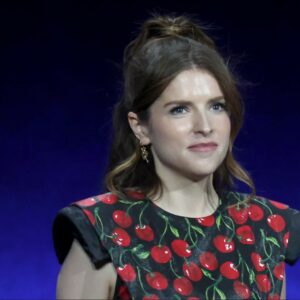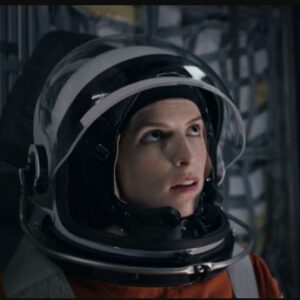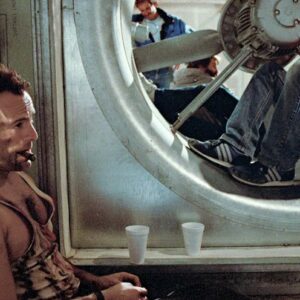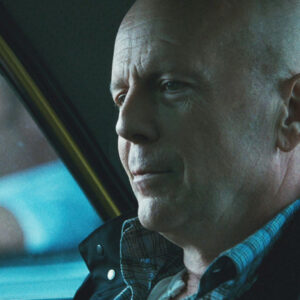Lady Gaga’s captivating performance in Ridley Scott’s House of Gucci doesn’t just enthrall with its dramatic flair and star-studded cast; it also subtly embeds a series of intriguing mysteries that leave audiences pondering long after the credits roll. The film, based on the real-life saga of the Gucci family, navigates through the glittering yet tumultuous world of fashion, power, and betrayal. While the opulent sets and dramatic narrative often grab the spotlight, there are nuanced details and subtle enigmas that underpin the storyline, enriching the film’s depth. Here are five of those elusive mysteries that keep viewers guessing and invite deeper exploration.
1. The Ambiguity of Patrizia Reggiani’s Motivations
One of the central enigmas of House of Gucci is the complexity behind Patrizia Reggiani’s (Lady Gaga) motivations. The film portrays Patrizia as a determined and ambitious woman who becomes entangled in a dangerous web of crime and deception. However, the true extent of her ambition and the driving forces behind her actions remain somewhat ambiguous.
Is Patrizia’s drive purely a quest for power and luxury, or is there a more profound sense of betrayal and injustice driving her decisions? The film introduces various aspects of her character—her initial attraction to Maurizio Gucci, her subsequent disillusionment, and her eventual descent into criminality. Each element of her character hints at a layered motivation, but the movie deliberately leaves some questions unanswered. Is it merely a desire for control, or is there an underlying personal vendetta that shapes her actions? This ambiguity invites viewers to interpret Patrizia’s character through their own lens, making her motivations a persistent and compelling mystery.
2. The Role of Family Dynamics and Betrayal
House of Gucci is a drama steeped in family rivalry and betrayal, yet the film subtly explores how these dynamics contribute to the larger narrative of the Gucci dynasty’s downfall. The tension between Patrizia and the Gucci family, particularly between her and Maurizio’s relatives, is palpable. However, the film provides only glimpses into the intricate family politics that fuel the plot.
The film hints at a web of longstanding resentments and hidden agendas within the Gucci family. How much of the discord within the family is rooted in genuine ideological differences, and how much is a result of personal grievances and past betrayals? The intricacies of these relationships remain partially obscured, allowing the audience to speculate on the depth and impact of family politics. The subtlety with which these dynamics are portrayed adds an additional layer of intrigue, as viewers are left to piece together the role of familial conflict in the narrative’s unfolding.
3. The Symbolism of Fashion as Power and Identity
Fashion is not just a backdrop in House of Gucci; it serves as a symbol of power and identity throughout the film. The film’s elaborate costumes and stylish settings highlight the importance of fashion in the Gucci family’s world, but there are deeper, more subtle connections between fashion, power, and personal identity that are worth exploring.
The Gucci brand represents more than just high fashion; it embodies the personal and professional aspirations of its characters. Each costume and design choice in the film can be seen as a reflection of the characters’ evolving identities and status. Patrizia’s transformation from a naive outsider to a powerful figure is mirrored in her wardrobe changes, which increasingly align with her newfound position in the Gucci empire. Fashion, in this context, becomes a powerful tool of self-expression and influence, hinting at the broader theme of identity manipulation within the narrative.
4. The Significance of Maurizio Gucci’s Disappearance
Maurizio Gucci’s disappearance and subsequent murder form the crux of the film’s plot, but the manner in which these events are presented leaves room for speculation. The film portrays Maurizio’s fate as a dramatic culmination of his family’s internal strife and Patrizia’s machinations, yet the precise details of his disappearance are not fully elucidated.
Why did Maurizio’s fate take the course it did? What role did the various characters play in the lead-up to his murder? The film provides a narrative framework but leaves certain elements shrouded in mystery. The lack of definitive answers regarding the exact circumstances of Maurizio’s disappearance adds to the film’s enigmatic allure, prompting viewers to question the veracity and completeness of the story as presented.
5. The Influence of External Forces on the Gucci Dynasty
The film subtly explores the impact of external forces on the Gucci family’s destiny, hinting at how broader socio-economic factors and the changing landscape of the fashion industry play a role in the family’s downfall. While the focus remains primarily on the internal dynamics and personal conflicts, there are glimpses of how the Gucci dynasty is affected by external pressures.
Economic downturns, shifts in fashion trends, and societal changes are briefly touched upon, suggesting that the Gucci family’s struggles are not merely a result of internal discord but also influenced by larger, external forces. How much of the Gucci dynasty’s decline is attributable to these external pressures versus the internal conflicts portrayed? The film’s subtle treatment of these influences leaves room for interpretation and deeper analysis, adding another layer of mystery to the narrative.
Conclusion
House of Gucci is more than just a glamorous depiction of the fashion world; it is a complex narrative interwoven with subtle mysteries and nuanced details. From the ambiguous motivations of Patrizia Reggiani to the symbolic role of fashion and the impact of external forces, the film invites viewers to delve beneath the surface and explore the deeper layers of its story. These subtle enigmas not only enhance the film’s intrigue but also encourage audiences to engage with the narrative on a more profound level. As viewers continue to unravel these mysteries, House of Gucci stands as a testament to the art of storytelling that thrives on complexity and ambiguity, leaving us with more questions than answers and a lingering sense of curiosity.





